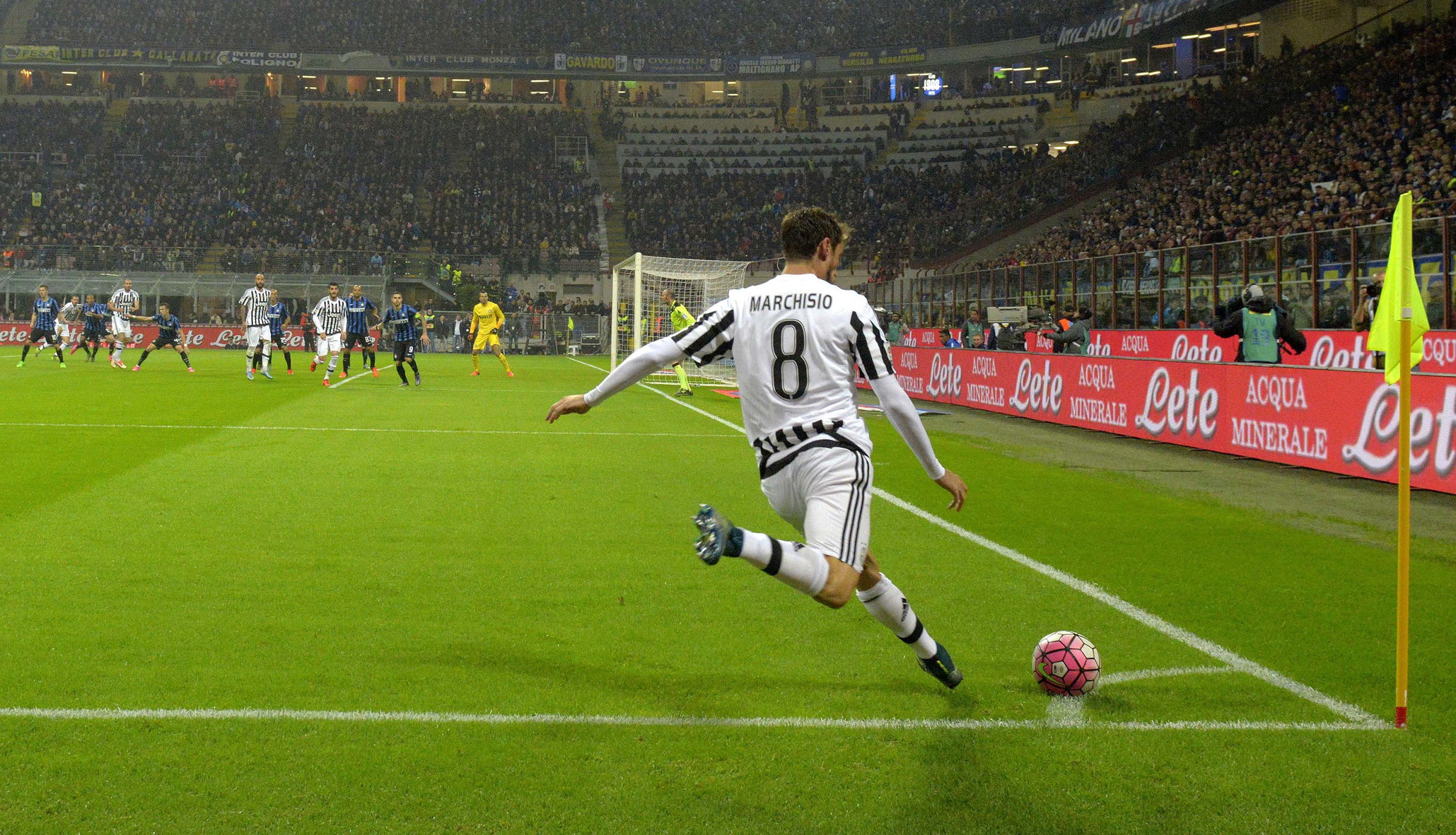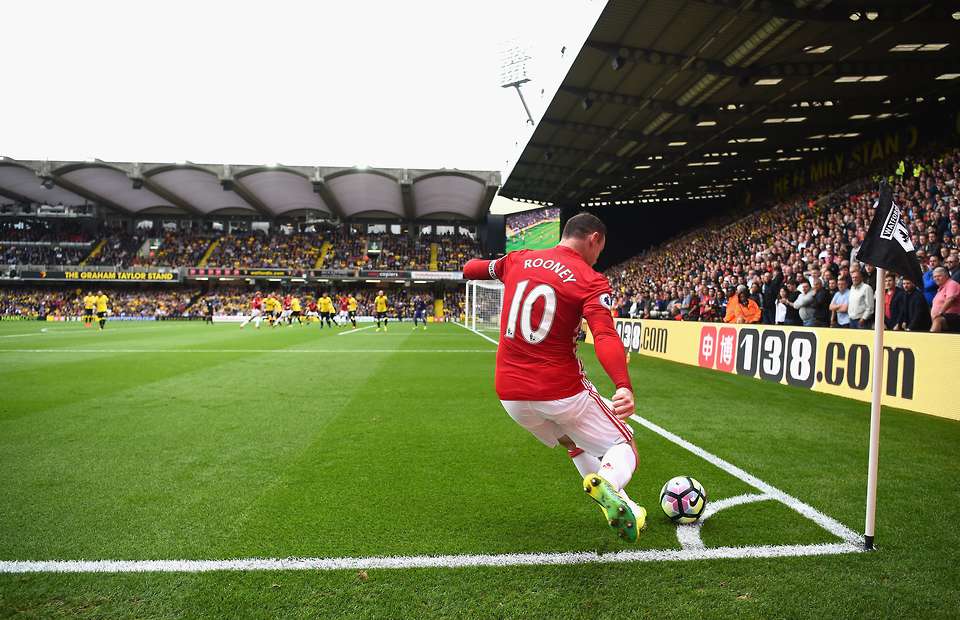The whistle blows, a foul is committed just outside the box, and a collective gasp ripples through the crowd. Eyes turn to the assistant referee, fingers raised, confirming the dreaded words: “Corner kick.” At that moment, the stage is set for a miniature drama within the grand narrative of a soccer game. A battle of wits, a clash of tactics, and a potential launchpad for a game-changing goal hinged on the delicate art of the average corner kicks in a soccer game.
While goals may grab the headlines, corner kicks are the unsung heroes of attacking strategy. They represent a golden opportunity to breach packed defenses, unleash aerial bombardments, and carve open scoring chances from seemingly dead ends. But how many of these corner kicks grace the hallowed turf on average?
Across major leagues, the average corner kicks in a soccer game sit comfortably around 9-11. However, this seemingly straightforward number belies a hidden world of tactical intricacies and individual brilliance. Let’s delve into the factors influencing this average, turning corners into thrilling set-piece spectacles or frustrating exercises in futility.

Factor 1: The Style of Play: Teams embracing possession-based, attack-heavy philosophies tend to generate more corner kicks. Think Manchester City’s relentless probing down the flanks, constantly drawing fouls and inviting pressure near the opponent’s penalty box. Conversely, teams prioritizing defensive solidity and counter-attacking strategies might rack up fewer corners, focusing on quick transitions rather than prolonged spells of pressure. Imagine Atletico Madrid’s compact defensive block, waiting for the perfect moment to strike, rarely venturing close enough to win corners.

Factor 2: Crossing Prowess and Set-Piece Specialists: Players with pinpoint crosses and an aerial threat in the box can significantly impact the average corner kicks in a soccer game. Think Trent Alexander-Arnold’s whipped deliveries finding Virgil van Dijk’s towering head or David Beckham’s trademark bending curlers creating a stir in the opposition box. Teams lacking such specialists might need help to convert corners into chances, dropping the overall average.
Remember Ronaldinho’s audacious chip-and-chase routine that bamboozled defenses? Or Andrea Pirlo’s disguised underarm delivery that caught unsuspecting goalkeepers napping? These moments of individual brilliance illustrate the potential impact of set-piece specialists on corner effectiveness.

Factor 3: Refereeing Decisions and Defensive Tactics: While not directly related to the game on the pitch, refereeing decisions and defensive tactics can also subtly shape the average corner kicks. Referees awarding more marginal fouls near the box naturally inflate the corner count, while teams adept at disrupting crosses and winning aerial duels can stifle even the most talented set-piece takers, bringing down the average. The introduction of VAR has added a layer of complexity, with marginal calls overturned, sometimes influencing the corner count and potentially impacting the outcome of games.

Evolution of Corner Tactics: Set-piece strategies have evolved, with formations like the “Christmas tree” or the “dummy runner” tactic designed to exploit specific defensive weaknesses and create scoring opportunities. Analyzing these formations and understanding their strengths and limitations can show why specific teams rack up more corner kicks than others and how they aim to convert them into goals.
Beyond the Numbers: Remember, the average corner kicks in a soccer game are just one brushstroke in painting the masterpiece of a match. It reveals tactical approaches, individual skill sets, and the constant tug-of-war between creativity and defensive resilience. The next time you see a corner kick being awarded, don’t dismiss it as a mere interruption. Instead, observe the team’s set-piece routine, identify the specialist taking the lift, and analyze how the defenders attempt to nullify the threat.





